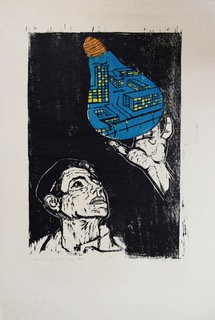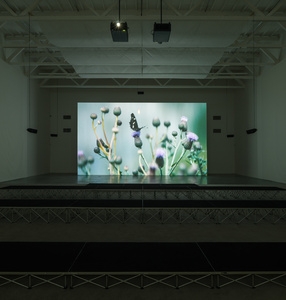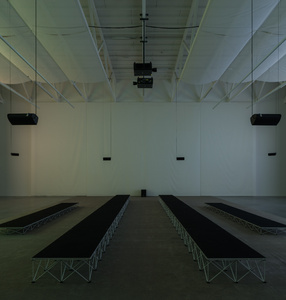The Invincible Force of the New Life
Notes on the Iconography of Electrification in Post-War Romania
The Museum of Modern Art in Warsaw invites you to attend a research workshop connected with the current exhibition entitled “The Thousand Year Plan”. We especially encourage young scholars and university students to join us.
Launched in 1951, simultaneously and entwined with the first five-year plan, the Great Electrification Plan was a central part of the industrialisation policy devised and implemented by the Communist regime in Romania. Extensive electrification was considered not only an important factor of economic growth, but also a key agent of political and cultural progress.
With electricity as the most potent symbol of the ‘new life’, aspects of the powering process, from the construction of large power plants to the betterment of living and working conditions, became an important theme in the visual arts, especially between the early 1950s and the early 1970s. This workshop proposes to take a look at the visual and discursive topoi of electrification, devoting a special attention to their ideological underpinnings, most notably to ‘the struggle between the old and the new’ and to socialism’s distinct sense of ‘contemporaneity’.
The application form has been hidden.
Alina-Ruxandra Mircea
is an art historian specializing in 20th century Romanian art. She is museum curator at the 'Carol I' Museum of Brăila in Romania. She is currently pursuing a Ph.D. in Art History at the National University of Arts in Bucharest, with a thesis focusing on Socialist Realism and modernist revival in the Romanian art of the 1960s and 1970s. Her research interests include modernist art theory, Socialist Realism and its philosophical foundations, socialist modernity / modernism, artistic and cultural regionalism.


